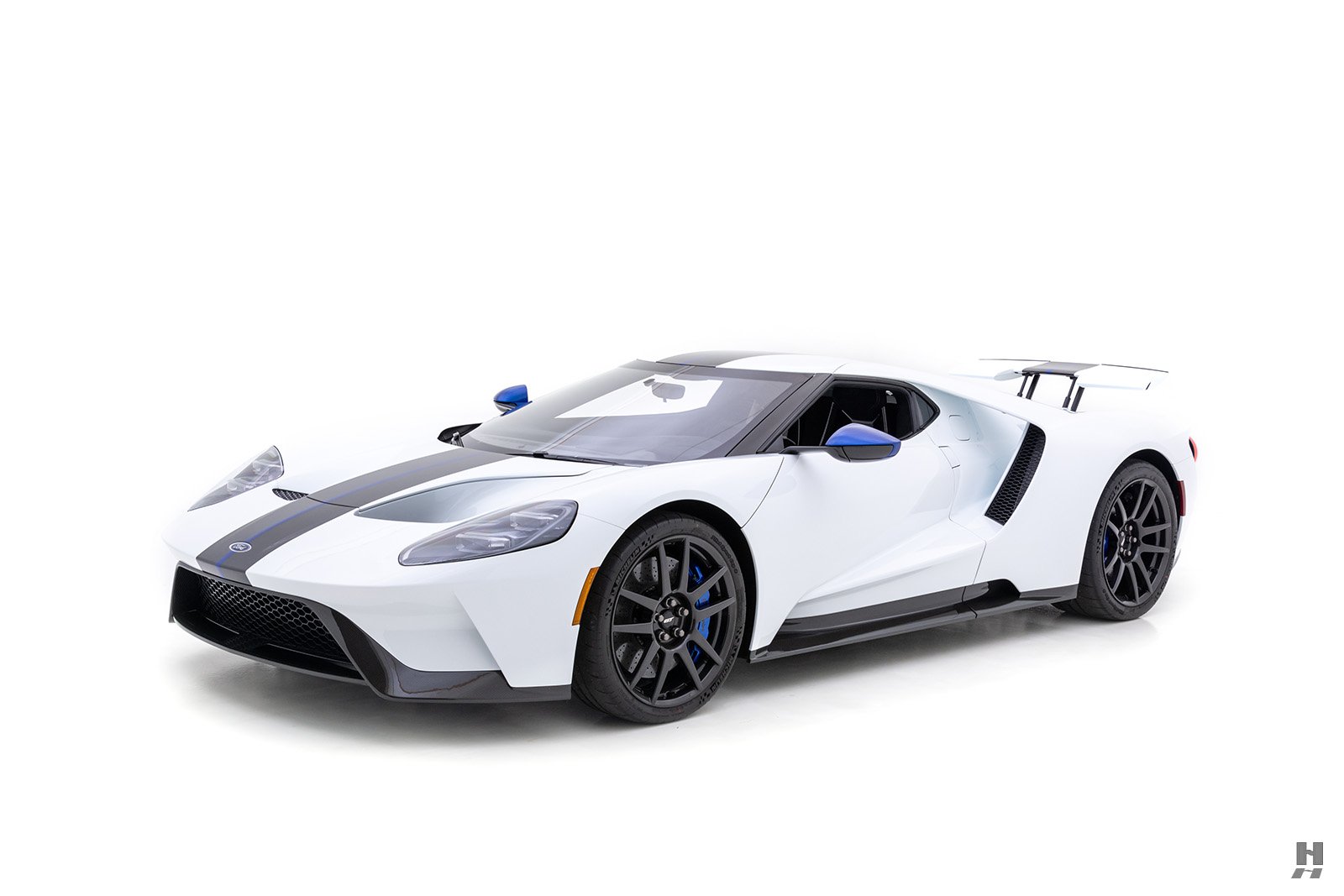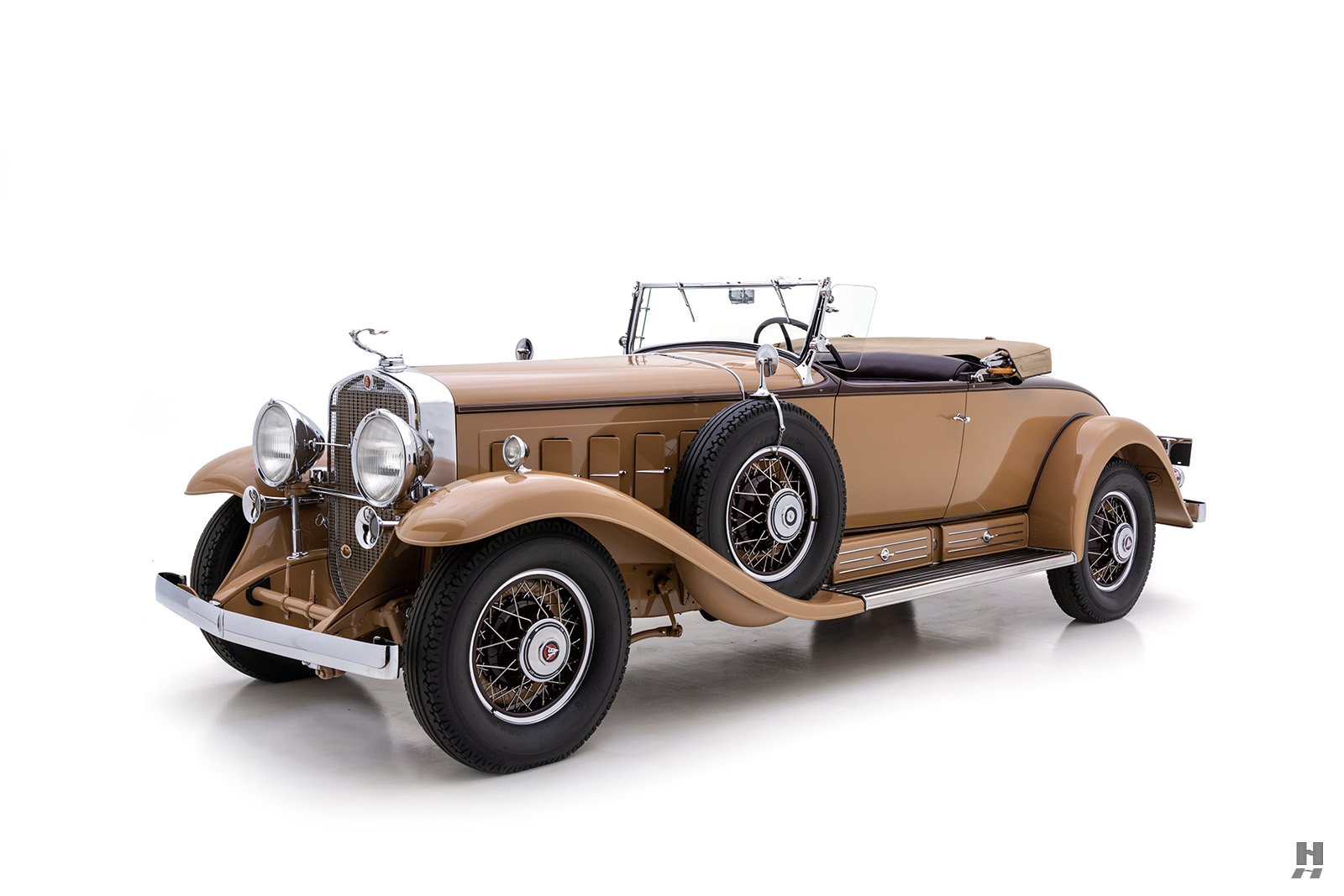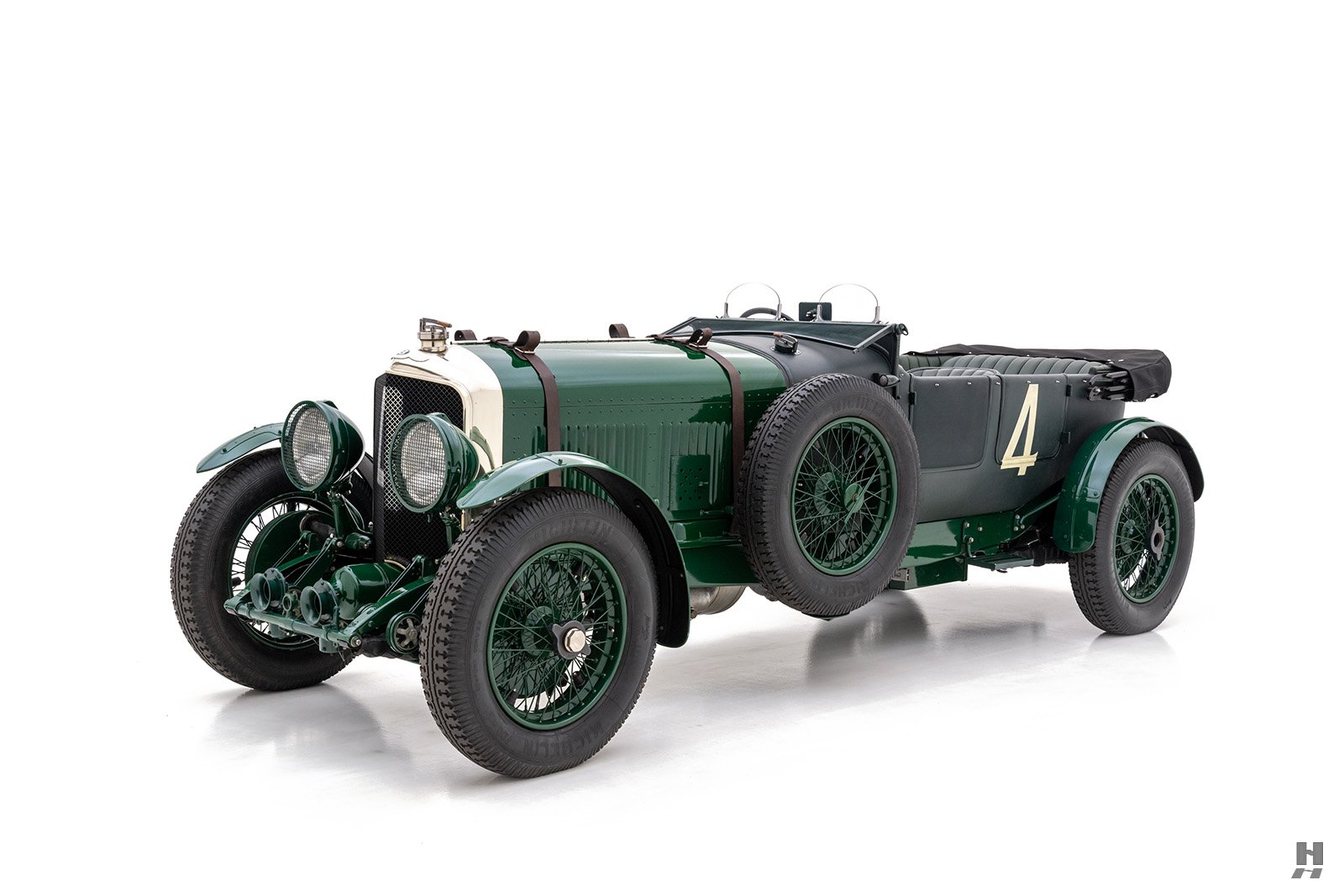In December 1963, Esquire published one of the most influential articles in the history of the magazine. In the article, four remarkable designs were presented by Virgil Exner, Chrysler’s charismatic ex-vice president of design. Exner was no run-of-the-mill Detroit car stylist. His 1957 designs had saved Chrysler from extinction. In association with Ghia, Exner had also been the originator of a number of fantastic Chrysler show cars in the 1950s, including two which made it into very limited production, namely Eugene Casaroll’s Dual-Ghia and later the Ghia L6.4. Now, Exner wanted to demonstrate what a number of famous marques that had fallen by the wayside could be offering for 1964, “…..assuming either that each manufacturer had pursued a policy of refinement and modernization of his cars’ identifying characteristics, or that each had decided to resume business after a thirty year lapse….what we are trying to do is capture the spirit of the older car design and body type in a modern package.” In this short text, what we know today as retro-styling was born. The designs exerted a massive influence, and without them, it is doubtful that the 1967 Cadillac Eldorado would have been styled as it was, or that the wildly successful Lincoln Continental MK III would have seen the light of day. Today, we see retro styling in cars from most major manufacturers, such as the Mini, the Fiat 500 and many more.
Exner’s supremely elegant 1963 designs quickly became known as his Revival Cars. There was a revived Mercer Raceabout, a Duesenberg Sport Phaeton, a Packard Twin Six, and a Stutz Super Bearcat. Shortly thereafter, Exner added a modern-day proposal for a Jordan Playboy, a Pierce Silver Arrow and a Bugatti Roadster. While all of these designs fed the dreams of young boys in the 1960s because they were made as model kits by Renwal, it was more difficult to get the cars built in real life. In 1965, the beautiful Mercer Raceabout design was built by the Carrozzeria Sibona-Basano as a one-off on an AC Cobra chassis for the American Copper Development Association. Used extensively to promote the use of copper trim on automobiles, it became a very famous car. Virgil Exner had purchased the very last Bugatti 101 chassis made by the factory. Also in 1965, Exner had the chassis shortened by Ghia who then built the Bugatti Revival design for his personal use. In 1966, a revised Exner Duesenberg design was built by Ghia on an Imperial platform in a failed attempt to revive the marque that involved the participation of August Duesenberg himself. Today, all of these unique cars survive in prominent collections. The only one of all these designs to go into production was the Stutz.
After the aborted attempt to revive Duesenberg, Exner was keen on seeing at least one of his Revival Cars on the roads. In 1968, he contacted James D. O’Donnell, a prominent New York businessman and investment banker. The idea was to find Wall Street money to finance a venture to manufacture a Revival Car using American engineering combined with the superior artistry of Italian coachbuilders. O’Donnell became personally fascinated with the project. He had fond memories of driving in a classic Stutz and decided to use that brand as he believed the name was now in the public domain. The model was to be called the Blackhawk. It was agreed that Virgil Exner would be responsible for the design, while O’Donnell provided financing and management. Exner reworked his 1963 design, and a meeting was set up with John Z. DeLorean who was head of the Pontiac division at the time. In short order, DeLorean agreed to supply a Pontiac Grand Prix platform in order to build a prototype. At the meeting, O’ Donnell said “If this car is so good why don't you make it?”, to which DeLorean replied, "O'Donnell, while you make the prototype of this car, I will make one million Pontiacs”.
O’Donnell managed to raise $ 1,200,000. According to him, “….a 1969 Pontiac Grand Prix was delivered to a sophisticated, high tech model making shop in Detroit, Michigan. There, Mr. Exner fashioned a clay model of the new Stutz…..When finished, the clay model had the exact look of the car to be made….. When Mr. Exner was satisfied with the final clay model, “skins” or plastic forms were made over the clay model. The process of making the skins destroyed the clay model, so it no longer exists. In the Italian factory, the skins were used to make a wooden mannequin over which steel body parts would be hammered into the body. The body parts would be placed in a large fixture where a Grand Prix chassis awaited the welding process. The mannequin was finally completed in July 1969. The prototype cost $300,000.00 in 1969 dollars.”
The Stutz Blackhawk prototype was completed in December 1969 and flown to New York City where it made its debut at the Waldorf Astoria Hotel on January 20, 1970. It was a hit with the American and international press. The first “production” cars were then manufactured by the Carrozzeria Padane towards the end of 1970 as 1971 models. At the time, the Carrozzeria Padane was manufacturing the Maserati Mistral, Bora, and Indy models under contract for Maserati. Interestingly, the Series I Stutz Blackhawk therefore contains many Maserati parts, including door handles, instruments and switches. Other items taken from the parts bins by the artisans at Padane included lights and fixtures used on Innocenti, Alfa Romeo and the Lancia Stratos. The entire Pontiac Grand Prix body and interior was thrown away, and hardly anything was used from the donor car, except the chassis and mechanicals. The Series I Blackhawk body was constructed painstakingly and entirely by hand, and fitted with a luxurious leather and wood interior. It was therefore true to Exner’s original design in every way, and a direct descendant of the Mercer Cobra and Exner’s own Bugatti 101 Roadster.
The very first car sold by the new Stutz company was bought by Elvis Presley, and the Stutz quickly became the darling of the Hollywood set, just like the Dual-Ghia and the Gia L.6.4 that preceded it: Dean Martin, Dick Martin, Lucille Ball, Sammy Davis, Jr., and Debbie Reynolds were among the early buyers. Frank Sinatra reputedly never bought one, as he was angry that Elvis got the first car. But it was not to last. The Series I Blackhawk retailed at a huge $ 22,500 in 1971, enough to buy about four Lincoln MK IIIs. Yet Stutz was losing about $ 10,000 per completed car. No wonder. Buying a Pontiac, shipping it to Italy, throwing half the car away, building a brand new body by hand, and then shipping the new completed car back to the US was perhaps best described as a business plan straight out of Dr. Seuss.
After a mere 25 Series I cars had been built, it was decided to cut some losses or the newly founded Stutz company would go under. There was also the problem of the impending 5 mph bumper requirement, something which Exner’s design had not taken into account. Making a virtue of necessity, it was decided to use the complete Pontiac Grand Prix substructure, glass and bumpers, including the instrument panel and other interior fixtures. This meant a one-piece windshield instead of the split screen on the original, and hanging new sheet metal on the existing structure and greenhouse as opposed to building a completely new body from scratch. Production was moved to the Carrozzeria Saturn, the price was jacked up to $ 46,000, and while the following cars remained luxurious, they completely lost the fantastic classic proportions, exquisite detailing and the delicate hand-built feel of the Series I cars.
It was a sound business decision, Series II production speeded up, and profits were made. Unfortunately, as the cars changed they became known as an ostentatious extension of their owners. A Stutz became synonymous with Afro hairdos, bell bottoms, platform shoes, bad disco music on the 8-track, too much gold plating and Elvis Presley in his twilight years. All of it unfortunately eclipsing and clouding any serious understanding and appreciation of the beauty of the rare Series I.
A mere 14 of these rare and historically significant Series I cars have survived. Two remain in Graceland. Three more are locked in important collections and are not expected to become available on the market. This Stutz was purchased new by Hank Kreuzman of Cincinnati, Ohio, and sold by him in the mid- to late 1980s to Ken Ramsey. Mr. Ramsey is a noted Stutz collector. More than ten rare Blackhawks of various models have passed through his hands, although this very special 1972 model was especially cherished. Sometime around 2005, Ken Ramsey was persuaded to sell the car back to Mr. Kreuzman who had never forgotten his split-window Stutz. This means that not only does this exceptional car have an unbroken history of ownership since it was hand crafted by the Carrozzeria Padane, it has also only had two owners for the past 45 years.
The car presented here is an incredibly rare opportunity indeed to acquire a genuinely hand-built automobile with solid provenance - a car which is also an important and historical design by one of the greatest American automobile designers.
Sorry this car has been sold. Are you looking to buy or sell a car like this? Contact a representative
For immediate assistance please call us at +1-314-524-6000 or please fill out the following form and a member of our team will contact you.








































